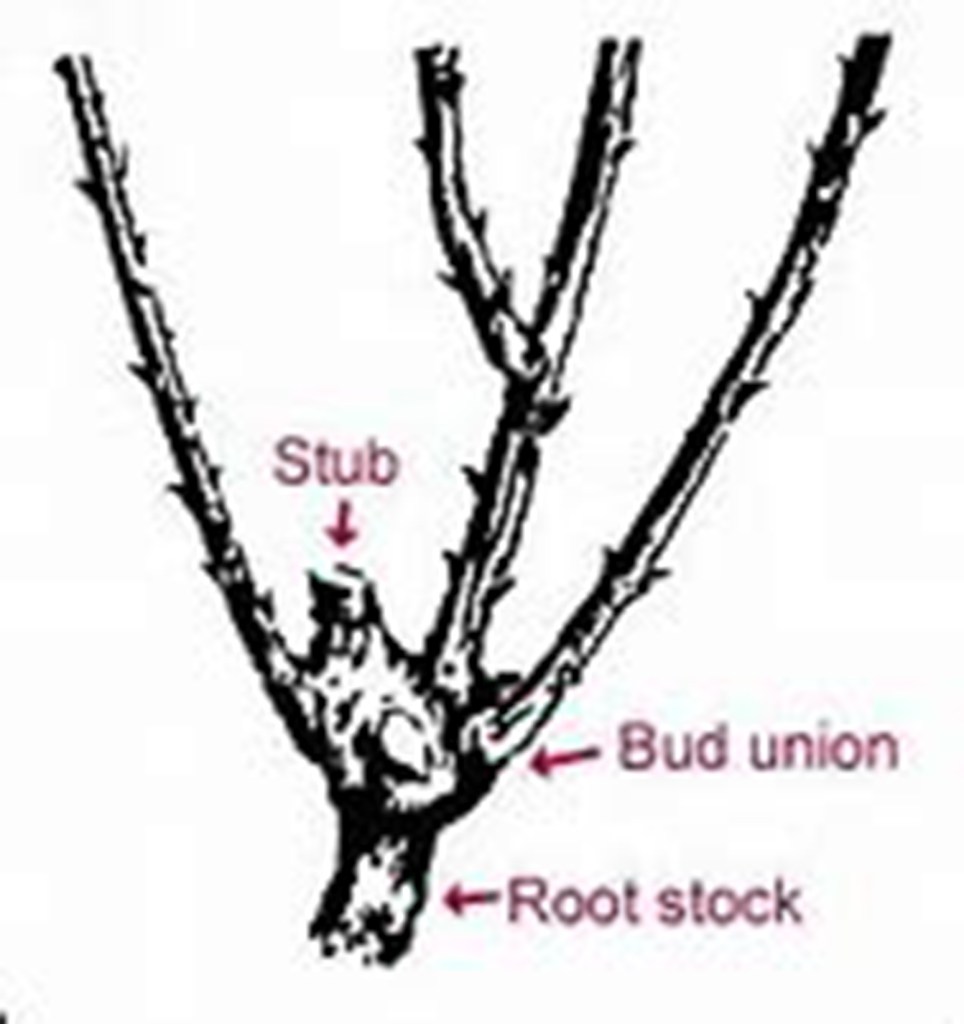ONE GARDENER TO ANOTHER: Don’t be afraid to pamper your roses
Published 6:45 am Monday, January 22, 2018

- New rose bushes are generally bare sticks with no foliage. If ordered through the mail, they should be put in the ground as soon as possible.
“It is the time you have wasted for your rose that makes your rose so important,” is a line from the book “The Little Prince.”
It is not only fitting that this was said about the queen of all flowers in that particular book, but it is also accurate.
Trending
Just as you would be expected to pamper a queen, the rose likes to be tended to as well. Care starts off right from the beginning, with planting. Roses should be planted when they are dormant. In Alabama, that would be from December through early spring.
After you have made your choice about which of the thousands of varieties you are going to add to your garden, it is time to either order or go out to a local nursery to bring her home. The saying, “you get what you pay for,” is especially true when purchasing roses. Cheap, inferior roses will not be worth the time, effort and expense you will put into planting and caring for them.
Roses are graded by the number of canes that they begin with. The more canes, the higher the grade and the bigger the bush.
Roses can be purchased in one of two ways — bare-root or container-grown. Bare-root roses are commonly purchased through the mail. They are easier to ship than container roses.
They will arrive with their roots wrapped in plastic and packed in sawdust, loose soil or mulch. The canes will be bare sticks, between 6 inches and 1 foot long, devoid of foliage or flowers.
They may not look like much, but they have the advantage of being able to be planted earlier in the growing season. They also have the time and energy, due to the absence of leaves, to establish their roots.
Trending
When you get your bare-root rose, remove it from its packaging and place the roots in a bucket of warm water for up to 24 hours. This will help the rose with the process of taking up water. Roses should be put into the ground as soon as possible after they arrive.
It is important to do a soil test on the rose bed before you prepare it. This will help determine any adjustments that need to be made to the soil to get your roses off to a good start. Roses prefer slightly acidic soil, with a pH between 5.5 and 6.5.
They need well-drained soil, which can be achieved by tilling at least 6 inches deeper than you are going to plant your rose. If planting more than one rose, space them at least 2 feet apart. This will allow for proper air circulation, access to sunlight and will help limit the spread of disease.
Two parts soil should be mixed with one part humus (leaf or manure compost, peat moss, composted pine bark, etc.). Fertilizer and lime should be mixed into the bed according to soil test recommendations.
Set the plant on top of a mound made of the soil so that the bud union will be just at ground level when the soil settles. Spread the roots out and cover with soil and pack down by hand; water thoroughly.
If planting a container-grown rose, remove the plastic or paper pot keeping the root ball intact. Dig the hole twice the size of the root ball and just as deep as you would for a bare-root rose. Cover with soil and water thoroughly.
Mulch with 3–4 inches of pine bark, pine straw, coarse-textured peat or ground corn cobs soon after planting.
Roses require large amounts of water. Soak the soil to a depth of 8–10 inches, with a slow steady stream of water directed around the base of the plant.
Fertilize based on soil tests. Roses will most often require ammonium nitrate (34-0-0) in April, May, June and August.
After roses are established, and the danger of frost has passed, pruning will help improve the size, quality and color of the roses. An upcoming article will be dedicated to how, when and what to prune on your rose bush when pruning season arrives.
Until next week, happy gardening.
— Irland, a member of the Limestone County Master Gardeners, can be reached at kippirland@hotmail.com. For more information on the Limestone County Master Gardeners, visit http://mg.aces.edu/limestone.






